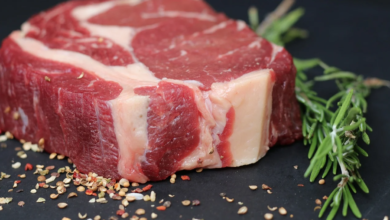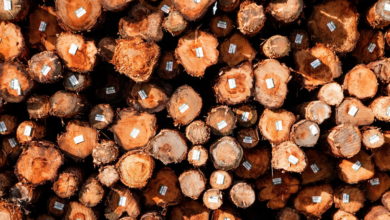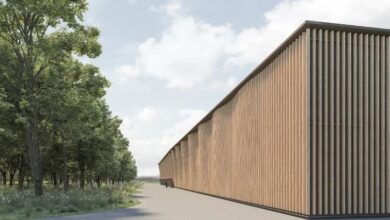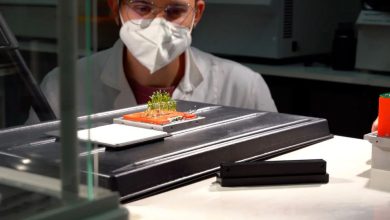Does the Biolelectronic hydroponics open a new chapter for cultivation outside the soil?
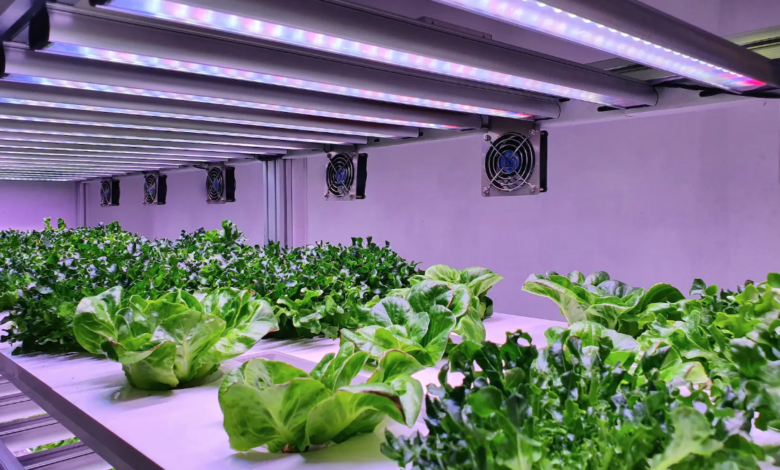
A solution for dry areas with few arable land
– Hydroponic agriculture, or the cultivation of plants out of soil, has been one of the new methods used to achieve more sustainable production. Since hydroponics occurs in a closed and controlled environment, this system saves water and does not use synthetic fertilizers and pesticides.
The virtues of hydroponic cultivation
In this type of cultivation, it is possible to reuse water (impossible instead in traditional cultivations). In addition, crops absorb less than 50% of the nutrients in the soil, while in hydroponics the nutrient solution enters the substrate. Hydroponic cultivation is mainly applied to vegetables, green leafy vegetables, microgreens (or micro vegetables, young seedlings of some vegetables that we commonly consume, but harvested as soon as the first leaflets develop, rich in vitamins and nutrients) and forage.
read also Hydroponic: GREENCube, Italian technology grows vegetables in space
Hydroponics is suitable for a vertical farm; it reduces land use for agricultural purposes, lowers product transport costs and brings production sites closer to urban consumers. However, the potential of this type of agriculture for achieving food security has not yet been demonstrated: in fact, small vegetables and aromatic plants are produced, but there is no experimentation for the production of the main cereals.
Hydroponics, a solution to increase food production?
Numerous studies predict that the world’s population will increase to nearly ten billion by 2050. It will be necessary to increase food production to meet the growing global demand for food with climate change making everything more complicated. But how can we do this without destroying the natural resources of an already considerably depleted planet?
Hydroponic cultivation seems to be one of the answers, and fortunately, technology and innovation are inexhaustible in providing new solutions geared to creating more efficient and sustainable agricultural systems. Plants respond to a series of physical stimuli (light, temperature, gravity). There are also studies about the stimuli determined by an electric field, but the response of the plants is not yet completely clear.
eSoil, biological and electronic soil
A group of researchers from the University of Linköping (Sweden) has developed a new electrical stimulation system: a bioelectronic or eSoil soil, that is a 3D porous conductive cultivation substrate based on an organic mixed ionic electron conductor (OMIEC) and cellulose in which they grew barley seedlings.
The energy consumption is very low and presents no danger of high voltage. Another novelty is the substrate material. Mineral wool is usually used, which is not biodegradable and requires a lot of energy during production. The substrate of eSoil consists of cellulose mixed with a conductive polymer called PEDOT (a high-conductivity polymer): a combination already used in other fields, but never for plant cultivation.
The research “eSoil: A low-power bioelectronic growth scaffold that enhances crop seedling growth” published in “PNAS” (Proceedings of the National Academy of Sciences) shows that barley seedlings grown in eSoil have grown up to 50% more in 15 days. It is too early to say that bioelectronic hydroponics will solve the problem of food security, but it can help solve the problems in areas where climatic conditions are bad and the availability of arable land is poor.


